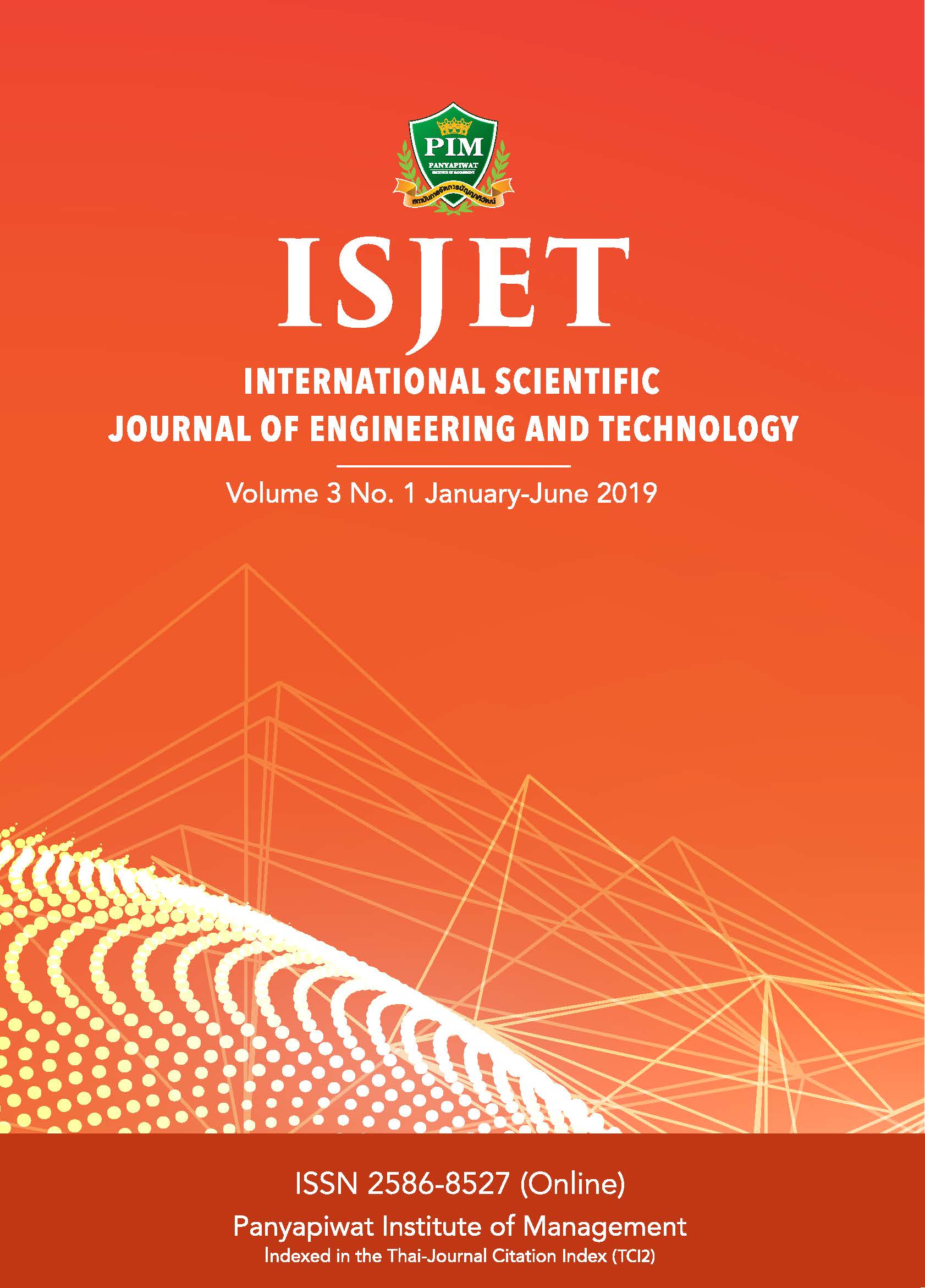Optimal inventory control policy of a hybrid manufacturing- remanufacturing system using a possibilistic linear programming approach
Main Article Content
Abstract
Remanufacturing is the process of converting used products back to like-new products. Production planning of inventory control policies
in the remanufacturing of used products with different prioritizations (remanufacturing vs manufacturing) is investigated in this case study.
For the hybrid manufacturing/remanufacturing production planning problem, the imprecision of customer demand, related operating costs, and
the number of returned used components are considered to be the main uncertainty. As a result, the fuzzy set theory is employed due to the presence of the imprecise information. To defuzzify imprecise data, the Possibilistic Linear Programming (PLP) with the weighted average method is applied. The proposed approach maximizes the most likely value of the profit, minimizes the risk of obtaining a lower profit, and maximizes the possibility of obtaining a higher profit for each production planning policy at the same time. The result shows that the Priority-To-Remanufacturing (PTR) policy shows a higher profit from each objective function and is solved with a higher satisfaction value than the policy of giving more Priority-To-Manufacturing (PTM). For instance, the most likely profits of the PTR policy from each scenario are ranging from $ 66,774 to $ 114,280 as compared to $ 66,610 to $ 88,882 from the PTM policy and a higher satisfaction values of the linear membership function are ranging from 38.34% to 53.95% from
the PTR policy as compared to 39.13% to 53.40% from the PTM policy. As a result, PLP can help decision makers to be well aware of the risks and
effects of uncertainty on their plans, so they can prepare in advance for such scenarios.
Article Details
เนื้อหาข้อมูล
References
[2] A. Smith-Gillespie, (2014). Supply Chains: Shaping Future Business Models | Carbon Trust.
[3] R. T. Lund, (1985). Remanufacturing: the experience of the United States and implications for developing countries.
World Bank Technical Paper. No. 31, (31), 1-126.
[4] W. L. Ijomah, J. P. Bennett, and J. Pearce, “Remanufacturing: evidence of environmentally conscious business practice in the UK,” Proceedings First International Symposium on Environmentally Conscious Design and Inverse Manufacturing, Tokyo, Japan, 1999, pp. 192-196.
[5] J. Abbey, M. Meloy, J. Blackburn, and et al, “Consumer Markets for Remanufactured and Refurbished Products,”
California Management Review, vol. 57 no. 4, pp. 26-42, August. 2015.
[6] J. Li, M. González, and Y. Zhu, (2009). A hybrid simulation optimization method for production planning of dedicated
remanufacturing. International Journal of Production Economics. 117(2), pp. 286-301.
[7] Inderfurth, K. (2004). Optimal policies in hybrid manufacturing/remanufacturing systems with product
substitution. International Journal of Production Economics. 90(3), pp. 325-343.
[8] J. Wang, J. Zhao, and X. Wang, (2011). Optimum policy in hybrid manufacturing/remanufacturing system. Computers and Industrial Engineering. 60(3), pp. 411-419.
[9] A. Amid, S. H. Ghodsypour, and C. O’Brien, (2009). A weighted additive fuzzy multiobjective model for the
supplier selection problem under price breaks in a supply Chain. Intern. Journal of Production Economics. 121(2),
pp. 323-332.
[10] H. J. Zimmermann, (1978). Fuzzy programming and linear programming with several objective functions. Fuzzy Sets and Systems. 1(1), pp. 45-55.
[11] L.A. Zadeh, (1977). Fuzzy sets as a basis for a theory of possibility. Fuzzy Sets and Systems. 100, pp. 9-34.
[12] J. J. Buckley, (1989). Solving possibilistic linear programming problems. Fuzzy Sets and Systems. 31(3), pp. 329-341.
[13] D. Ozgen and B. Gulsun, (2014). Combining possibilistic linear programming and fuzzy AHP for solving the
multi-objective capacitated multi-facility location problem. Information Sciences, 268, 185-201.
[14] R. E. Bellman and L. A. Zadeh, (1970). Decision-Making in a Fuzzy Environment. Management Science. 17(4),
pp. B-141-B-164.


